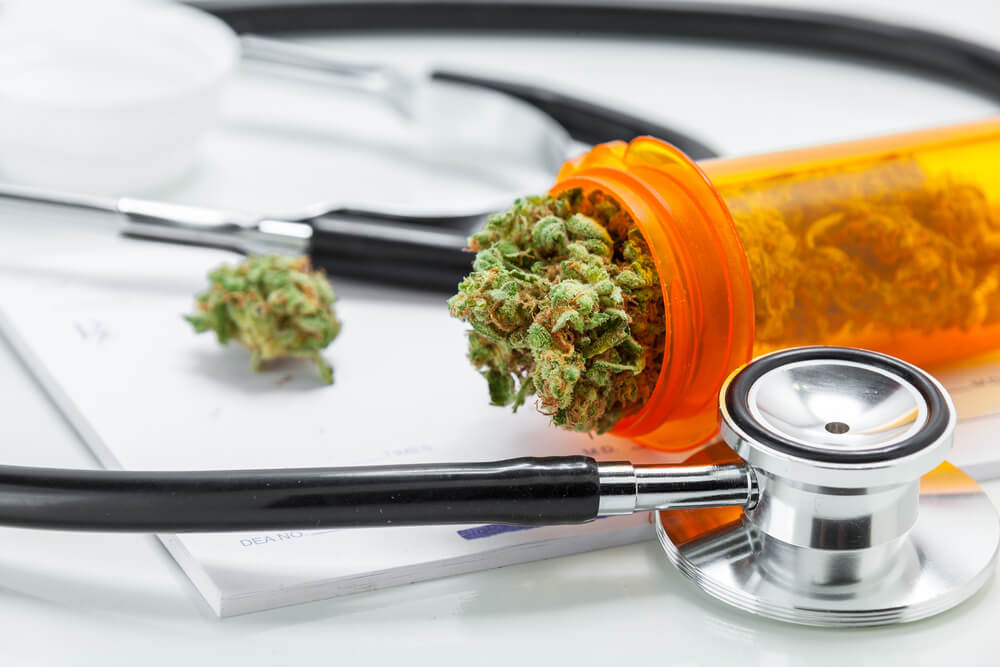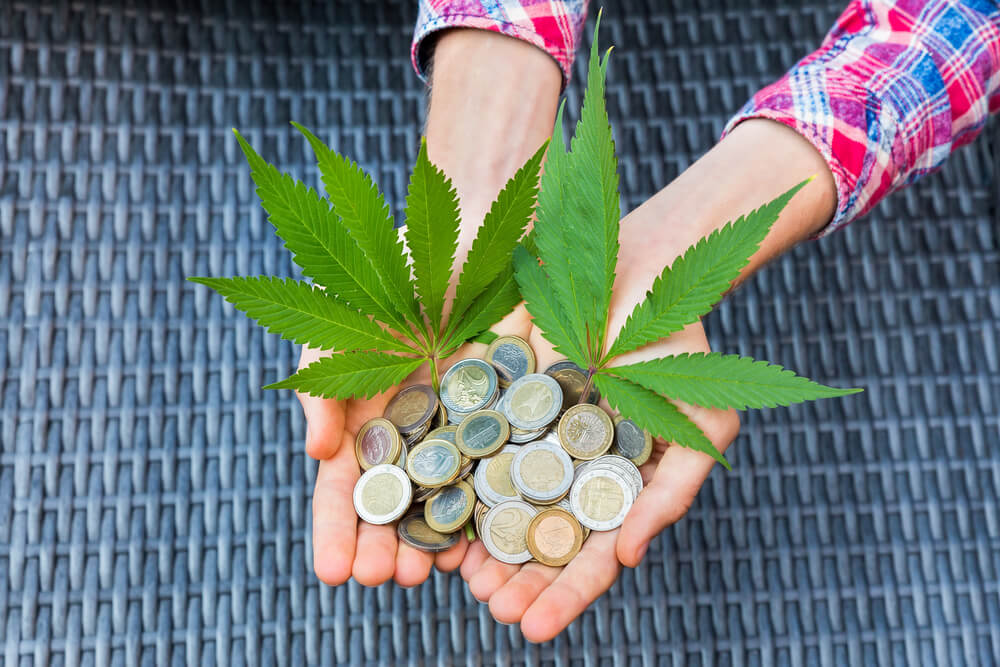Table of Contents
Many people with chronic pain struggle to find safe and effective relief. In 2025, Medical Marijuana For Chronic Pain Relief is becoming a popular choice because it can reduce pain and improve daily life.
This blog explains how medical cannabis works, its benefits, and what to consider before using it for pain management. Discover if this treatment could help you or someone you know.
Keep reading to find out more about Medical Marijuana For Chronic Pain Relief.
Understanding Chronic Pain and Its Challenges
Chronic pain lasts for months or even years. It often stays after an injury heals or appears with health issues like arthritis, neuropathic pain, inflammation, or spasticity. Over 28 million people in the UK live with chronic pain.
This type of pain affects more than just the body; it can change mood and sleep and lower energy levels. Pain management becomes hard due to how each person feels and reacts to pain differently.
Common treatments use opioids and other medicine options, but dependence and side effects create new problems. Some patients do not get enough relief from these medications or face risks such as addiction.
Medical cannabis is now considered an alternative therapy for those who want better results or fewer side effects from traditional treatment options. Cannabinoids like THC Tetrahydrocannabinol and CBD Cannabidiol are being studied for their role in easing long-lasting pain symptoms through different mechanisms within the body’s systems.
Next, explore how medical marijuana works for managing chronic pain.
How Medical Marijuana Works for Pain Relief
Medical marijuana helps relieve pain by interacting with our body’s endocannabinoid system. THC and CBD are key compounds that reduce pain signals and improve how we feel.
Interaction with the Endocannabinoid System
Cannabinoids in medical cannabis connect with the endocannabinoid system in the body. This system controls pain perception, sleep, mood, and immune response. THC binds to CB1 receptors found mostly in the brain and nerves.
CBD influences CB2 receptors that are present mainly in immune cells. These actions help reduce inflammation and spasticity linked to chronic pain.
Research shows that targeting these pathways can lower pain signals for people with neuropathic pain and other chronic conditions. In 2025, more doctors use prescription marijuana as an alternative medicine for those who need new pain therapy options.
THC works on CB1 receptors while CBD targets CB2 receptors.
The next section explains how THC and CBD play a role in managing chronic pain.
Role of THC and CBD in Pain Management
THC, or tetrahydrocannabinol, works by changing how the brain senses pain. It attaches to cannabinoid receptors in the body’s nervous system. This process can reduce pain signals and help people feel more comfortable.
THC also may cause mild euphoria or a “high,” which can lift mood in chronic pain conditions.
CBD, known as cannabidiol, does not make users feel high. Instead, it helps lower inflammation and ease nerve-related pain. Studies show that using medical cannabis with both THC and CBD may offer stronger relief than either alone.
Many treatment options now use specific ratios of these cannabinoids for better results in chronic pain management and less risk of opioid dependence.
Benefits of Medical Marijuana for Chronic Pain
Medical marijuana can reduce pain for many people. It may also improve daily activities and mental well-being.
Reduced Pain Intensity
Cannabinoids can block pain signals to the brain. Many people with chronic pain report a drop in pain levels after using prescription marijuana. In 2025, studies show that medical cannabis reduces pain intensity for conditions like neuropathic pain and spasticity.
THC and CBD, two important cannabinoids, target areas linked to pain perception and inflammation.
Patients using these treatments often need fewer opioids and experience better day-to-day comfort. People manage their symptoms more safely with alternative therapies like medical cannabis.
The next key benefit goes beyond just reducing discomfort; it also helps to improve both physical and mental functioning in daily life.
Improved Physical and Mental Functioning
Medical marijuana offers support for those seeking relief from chronic pain.
Potential Reduction in Opioid Dependence
Using medical marijuana may help reduce opioid dependence. Many patients use opioids for chronic pain but often struggle with addiction. Medical cannabis can offer a safer alternative for pain relief.
Research shows that cannabinoids in medical marijuana interact with the body’s endocannabinoid system. This interaction can lower pain without the risks of opioids. By using medical cannabis, some patients report needing fewer opioids or none at all for their treatment options.
Considerations for Using Medical Marijuana
Considerations for Using Medical Marijuana: Be aware of dosage and how you take it, as well as potential side effects. Understanding these factors is key to safe use. For deeper insights on this topic, continue reading here.
Dosage and Delivery Methods
Dosage and delivery methods are key to using medical marijuana effectively. Patients should understand the options available for managing chronic pain.
- Oral Consumption: This method includes capsules, edibles, or oils. It provides a slow release of cannabinoids into the bloodstream. Effects can take up to two hours but last longer.
- Smoking: Inhaling smoke from dried cannabis gives fast relief. The effects appear within minutes but may not last as long as oral methods.
- Vaping: Vaporising cannabis heats it without burning. This method is easier on the lungs and offers quick relief like smoking.
- Topicals: These include creams or balms applied directly to the skin. They target specific areas of pain without causing psychoactive effects.
- Tinctures: These liquid extracts are taken under the tongue for fast absorption. They offer precise dosages and effects can be felt quickly.
- Transdermal Patches: These patches slowly release cannabinoids through the skin into the bloodstream over several hours or days.
- Dosage Considerations: Starting low and increasing gradually is wise for all methods. Finding the right balance is essential for effective pain management without unwanted side effects.
Choosing a suitable method depends on personal preference, lifestyle, and specific pain needs.
Keep reading to learn more about Medical Marijuana For Chronic Pain Relief in 2025.
Possible Side Effects and Risks
Medical marijuana can help with chronic pain relief, but it also has some side effects and risks. Users should be aware of these before starting treatment.
- Dizziness may occur after taking medical cannabis, especially for new users. This can affect balance and coordination.
- Dry mouth is a common issue with THC, one of the main cannabinoids. Drinking water can help ease this condition.
- Fatigue is possible when using medical marijuana. Some people might feel tired or sleepy after use.
- Changes in appetite are often reported. Users may experience increased hunger or loss of interest in food.
- Anxiety may arise in some users, especially with high doses of THC. It’s important to monitor feelings when using marijuana.
- Mood changes can happen as well; some individuals might feel more irritable or anxious than usual.
- Dependence on medical cannabis is a risk for regular users; it’s essential to use it responsibly and not rely on it solely for pain management.
- Interaction with other medications can occur, potentially leading to unwanted side effects or reduced effectiveness of current treatments.
Awareness of these side effects helps ensure safer use of medical marijuana for chronic pain relief in 2025.
Future of Medical Marijuana in Chronic Pain Management
The future of medical marijuana in chronic pain management looks promising. More studies are likely to explore how cannabinoids can help relieve pain and reduce reliance on opioids.
As awareness grows, doctors may become more open to prescribing medical cannabis for chronic conditions.
New delivery methods will probably emerge too, making it easier for patients to access treatment. Regulations may change, leading to broader acceptance of prescription marijuana across different regions.
Patients could benefit from personalised pain management strategies that include THC and CBD as options for relief.
Keep reading to find out more about Medical Marijuana For Chronic Pain Relief.
Medical Marijuana For Chronic Pain Relief
Medical marijuana shows promise for chronic pain relief in 2025. Many people find comfort from cannabinoids like THC and CBD. These compounds may ease pain and reduce reliance on opioids.
We hope this blog about Medical Marijuana For Chronic Pain Relief helped you.
As more research emerges, medical cannabis could become a key player in pain management strategies. Patients should consult healthcare professionals to explore their options safely.









